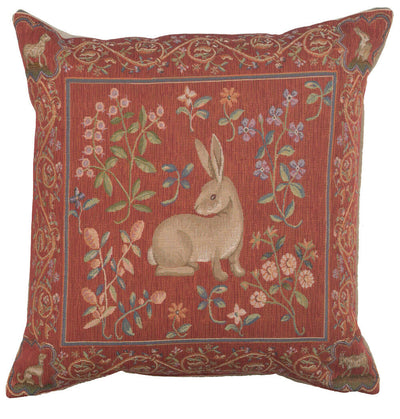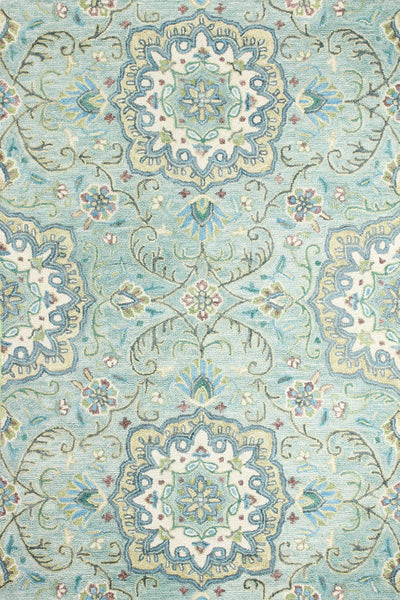Vintage Map Tapestries
The art of designing and weaving map tapestries has been in existence for hundreds of years. The very first old world map tapestry is thought to have been woven in either the 16th or 17th century. Tapestries from this period are still being reproduced today. They continue to provide charm and beauty to the rooms they are hung in.
Map tapestries created in medieval times were based on the ancient maps available at the time. Some tapestries were created based on ancient maps from as far back as the second century. One of the most popular vintage map tapestry designs of the ancient world was based on the maps created by the famous Greek cartographer of the second century, Ptolemy. It is he who is credited for the creation of the very first world map. This was published in his book Geographia, which was translated into Arabic in the ninth century.
The original maps designed by Ptolemy have never been discovered to this date. However, a reproduction done in the 15th century was recovered and used to create the ancient world map tapestry designs that were popular in the medieval ages and continue to be popular today. Although Ptolemy’s maps are incomplete, in that they only depict Europe, Asia and Africa, they are incredibly detailed. This element is reflected in the ancient map tapestries based on these maps. The intricate details on these tapestries have made the ancient map tapestry designs intriguing to any observer.
Other ancient map wall tapestries are based on another famous cartographer’s work, Henricus Hondius. This cartographer was responsible for the production of the world map known as the ‘Nora Totius Terrarum Orbis Geographica Ac Hydrographica Tabula’ which is translated to mean ‘A Complete New Map of the Earth and the Oceans’. This map depicts the world as two globes showing the western and eastern world on separate globes. Many contemporary map tapestries are based on this design.
















